
Hornstrandir Nature Reserve: Iceland's Untouched Wilderness
Hornstrandir Nature Reserve: Discover Iceland's Unspoiled Wilderness, Home to Breathtaking Landscapes and Diverse Wildlife, Perfect for Hikers and Nature Enthusiasts.
Hornstrandir Nature Reserve is a remote and pristine natural paradise located in the Westfjords of Iceland. This untouched wilderness is a haven for hikers, nature lovers, and anyone seeking solitude and breathtaking landscapes. With no permanent residents and limited infrastructure, Hornstrandir offers a true escape from the hustle and bustle of modern life. The reserve is renowned for its dramatic cliffs, verdant valleys, and diverse wildlife. Visitors can expect to encounter Arctic foxes, countless seabirds, and the occasional seal along the coastline. The area's rugged terrain provides a variety of hiking trails, ranging from gentle walks to challenging treks, all offering spectacular views of the North Atlantic Ocean. One of the highlights of Hornstrandir is the sheer cliffs of Hornbjarg, where thousands of seabirds nest during the summer months. This is a birdwatcher's paradise, with puffins, guillemots, and razorbills making their home here. The reserve's isolation ensures that the natural beauty and wildlife remain undisturbed, providing a unique and tranquil experience for visitors.
Local tips in Hornstrandir Nature Reserve
- Plan your visit during the summer months (June to August) for the best weather and access to hiking trails.
- Bring all necessary supplies, including food, water, and appropriate clothing, as there are no facilities in the reserve.
- Consider hiring a local guide for a more informative and safe experience, especially if you are unfamiliar with the area.
- Respect the environment and wildlife by sticking to marked trails and taking your trash with you.
- Check the weather forecast before your trip, as conditions can change rapidly and affect your plans.
Hornstrandir Nature Reserve: Iceland's Untouched Wilderness
Hornstrandir Nature Reserve is a remote and pristine natural paradise located in the Westfjords of Iceland. This untouched wilderness is a haven for hikers, nature lovers, and anyone seeking solitude and breathtaking landscapes. With no permanent residents and limited infrastructure, Hornstrandir offers a true escape from the hustle and bustle of modern life. The reserve is renowned for its dramatic cliffs, verdant valleys, and diverse wildlife. Visitors can expect to encounter Arctic foxes, countless seabirds, and the occasional seal along the coastline. The area's rugged terrain provides a variety of hiking trails, ranging from gentle walks to challenging treks, all offering spectacular views of the North Atlantic Ocean. One of the highlights of Hornstrandir is the sheer cliffs of Hornbjarg, where thousands of seabirds nest during the summer months. This is a birdwatcher's paradise, with puffins, guillemots, and razorbills making their home here. The reserve's isolation ensures that the natural beauty and wildlife remain undisturbed, providing a unique and tranquil experience for visitors.
When is the best time to go to Hornstrandir Nature Reserve?
Unmissable attractions to see
Krossneslaug
Experience the ultimate relaxation at Krossneslaug, Iceland's premier thermal baths overlooking the breathtaking Atlantic Ocean.
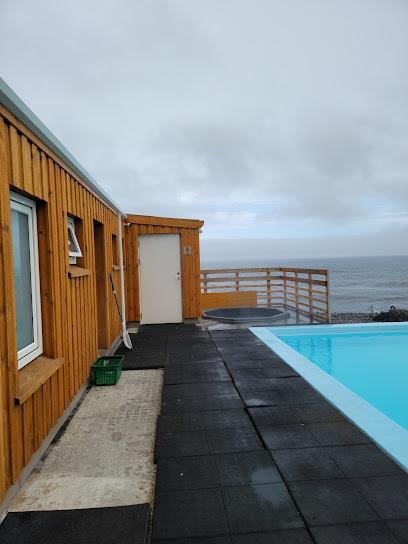
Djúpavík
Explore the rich maritime history and stunning landscapes of Djúpavík, Iceland's charming coastal village and former herring factory.

Hornstrandir
Experience the untouched beauty of Hornstrandir, a remote Icelandic wilderness with breathtaking landscapes, rich wildlife, and outdoor adventures.
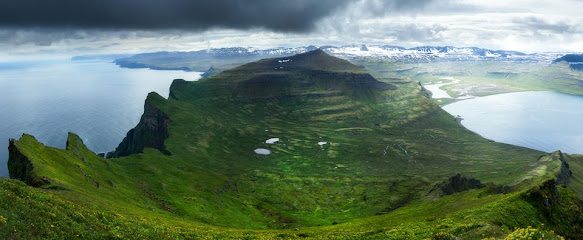
Drangajökull
Discover the breathtaking beauty of Drangajökull Glacier, Iceland's northernmost glacier, and explore its stunning landscapes and unique adventures.
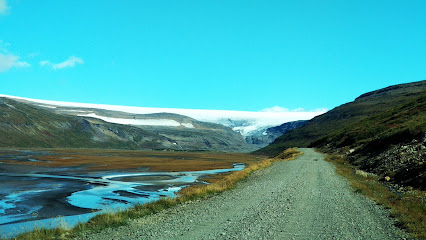
Drangajökull útsýnisstaður
Explore the Drangajökull Observation Deck, a stunning viewpoint in Iceland's Westfjords, offering breathtaking views of the majestic Drangajökull glacier.

Stórurðarlundur
Experience the tranquil beauty of Stórurðarlundur Park in Ísafjörður, Iceland – a serene escape into nature's embrace.

Möngufoss (Hlíðarhús)
Explore the breathtaking Möngufoss Waterfall in Unadhsdalur, Iceland; a hidden gem perfect for nature lovers and photography enthusiasts.
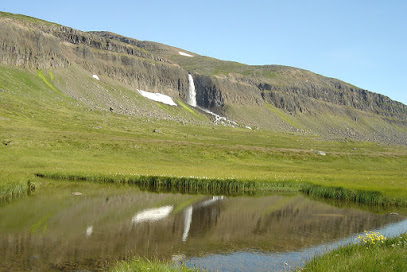
Drangaskörð
Explore the natural beauty and serene landscapes of Drangaskörð in Iceland's breathtaking Westfjords, perfect for outdoor adventures and relaxation.
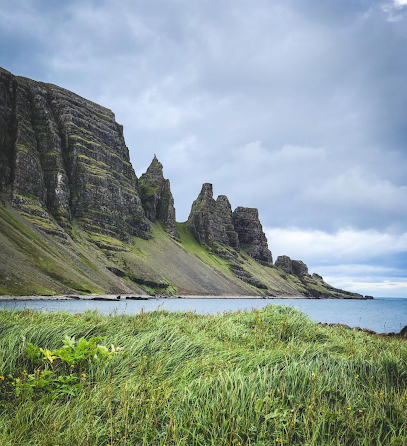
Kvíar Lodge
Experience the natural beauty and adventure of Kvía Lodge, a serene sanctuary in the heart of Iceland's stunning landscapes.
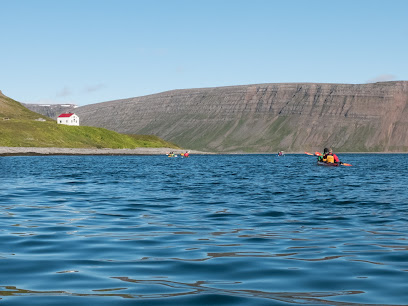
Essential places to dine
Tjöruhúsið
Discover authentic Icelandic seafood at Tjöruhúsið in Ísafjörður—where every dish tells a story from the sea.
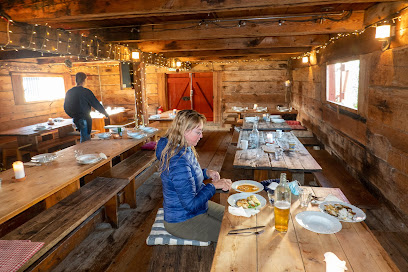
Húsið
Discover authentic Icelandic cuisine at Húsið in Ísafjörður – where tradition meets breathtaking views.
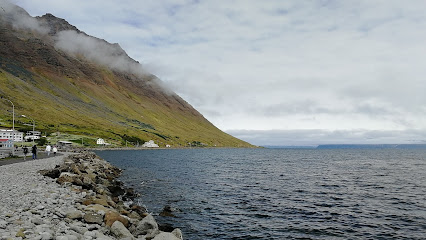
Café Riis Hólmavík - Restaurant - Pizzeria & Bar
Discover delicious pizzas and authentic Icelandic cuisine at Café Riis Hólmavík - the perfect stop for tourists seeking culinary delights.

Stúkuhúsið
Discover the rich flavors of traditional Icelandic cuisine at Stúkuhúsið in Patreksfjörður - where every dish tells a story.
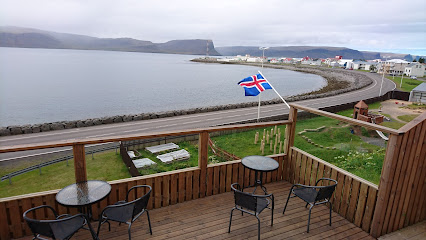
Hamraborg ehf
Experience delectable fast food and delightful sweets at Hamraborg ehf in Ísafjörður – a perfect stop for hungry travelers.
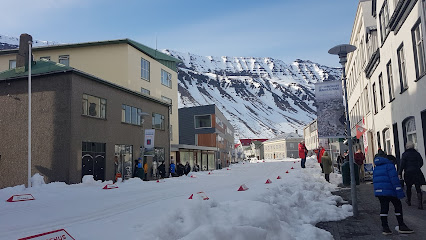
Einarshusid
Discover authentic Icelandic cuisine at Einarshusid in Bolungarvik – where tradition meets flavor in a cozy atmosphere.
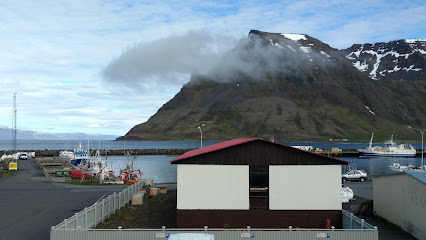
Víkurskálinn Bolungarvík
Experience authentic Icelandic cuisine at Víkurskálinn Bolungarvík, where local flavors meet stunning views in a cozy setting.
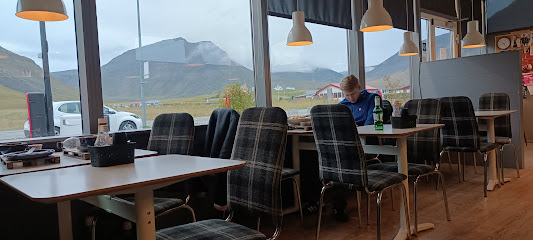
Kaffi Norðurfjörður
Experience authentic Icelandic cuisine at Kaffi Norðurfjörður with stunning fjord views and warm hospitality.
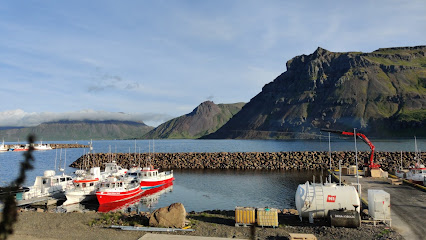
Restaurant Galdur - Seafood Restaurant
Experience fresh Icelandic seafood at Restaurant Galdur in Hólmavík - where taste meets tradition amidst breathtaking scenery.
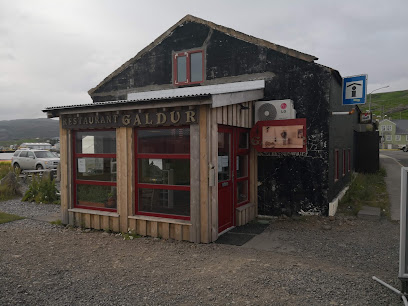
Hópið
Discover authentic Icelandic cuisine at Hópið in Tálknafjörður, where fresh ingredients meet warm hospitality.
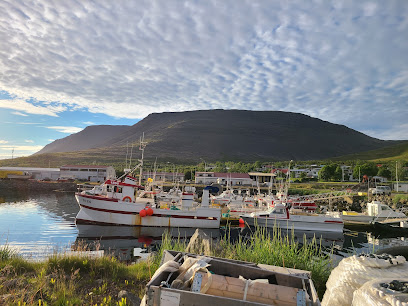
Thai Tawee
Experience the best of authentic Thai cuisine fused with Icelandic flavors at Thai Tawee in Ísafjörður.
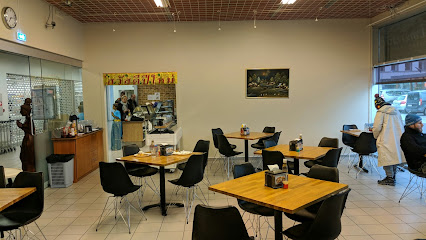
Edinborg Bistro
Discover the flavors of Iceland at Edinborg Bistro - where local ingredients meet culinary excellence in Ísafjörður.
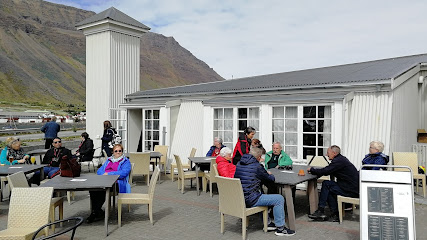
Cafe Restaurant Dunhagi
Discover authentic Icelandic cuisine at Cafe Restaurant Dunhagi in Tálknafjörður - where every dish tells a story.
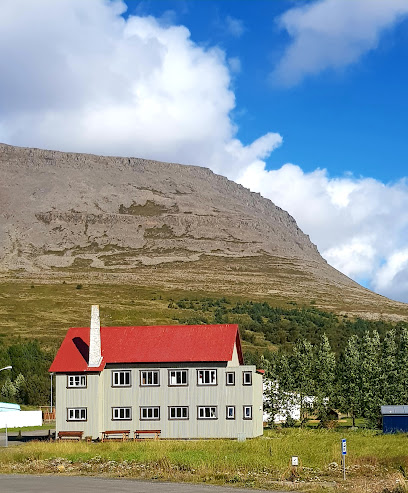
Jötunn restaurant
Discover Jötunn Restaurant: A must-visit culinary destination in Ísafjörður offering exquisite Icelandic-style sushi amidst stunning landscapes.
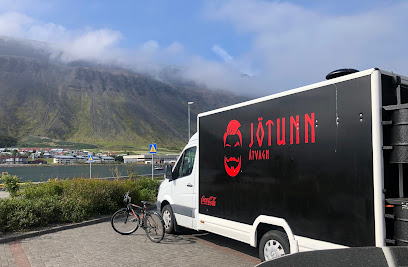
Siver kebab
Discover mouthwatering kebabs in Ísafjörður at Siver Kebab – where Icelandic flavors meet culinary excellence.

Markets, malls and hidden boutiques
Bónus
Discover Bónus Supermarket in Ísafjörður – your affordable gateway to local groceries and Icelandic delicacies.

Nettó
Explore Nettó in Ísafjörður for a unique shopping experience filled with local Icelandic products and vibrant culture.
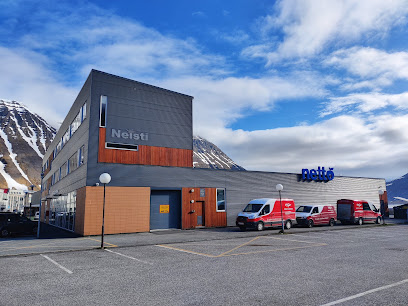
Hornstrandir Nature Reserve
Explore the breathtaking landscapes and diverse wildlife of Hornstrandir Nature Reserve, Iceland's untouched natural paradise in the Westfjords.
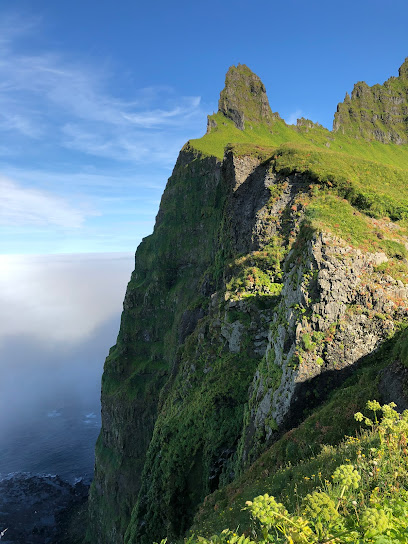
Hornstrandir
Discover the pristine wilderness of Hornstrandir in Iceland, where breathtaking landscapes and diverse wildlife await every adventurous traveler.
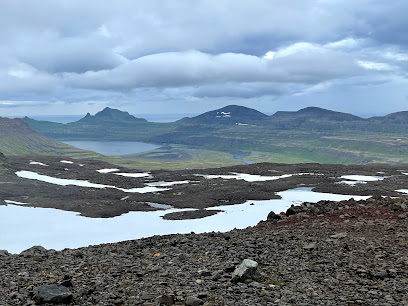
Karitas
Explore Karitas in Ísafjörður for unique clothing that captures the spirit of Iceland, perfect for souvenirs or personal style.
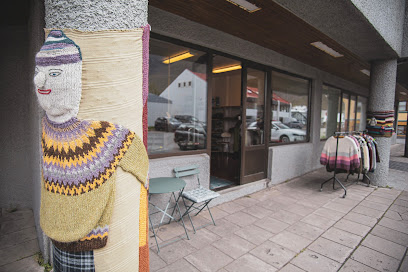
Rammagerð Ísafjarðar
Explore Rammagerð Ísafjarðar: A treasure trove of unique Icelandic gifts, handcrafted art, and seasonal delights that reflect the local culture.
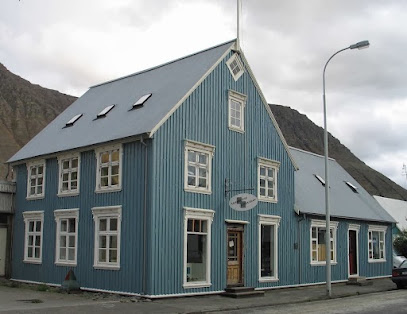
Smiðjan
Experience the charm of Smiðjan, Ísafjörður's premier hardware store, offering a wide selection of tools and materials for all your DIY needs.
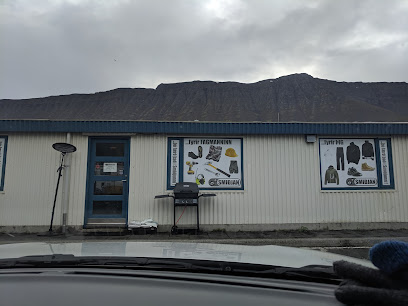
Húsasmiðjan
Discover Húsasmiðjan in Ísafjörður, your one-stop shop for quality tools and materials, perfect for DIY enthusiasts and home improvement projects!
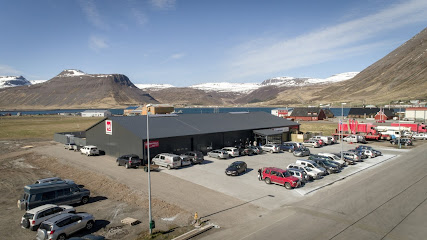
Neisti
Explore Neisti in Ísafjörður for a unique shopping experience, blending local charm with breathtaking fjord views.

Klæðakot
Discover Klæðakot in Ísafjörður: A charming baby clothing, embroidery, and yarn store offering unique local crafts and gifts.
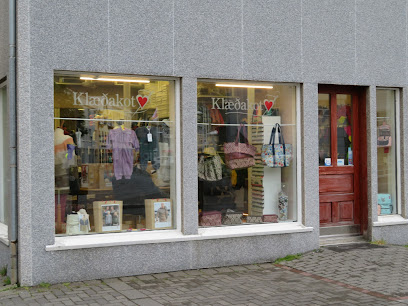
Verslun Bjarna Eiríkssonar
Discover the charm of Bolungarvik at Verslun Bjarna Eiríkssonar, your go-to grocery, book, and clothing store for local treasures.
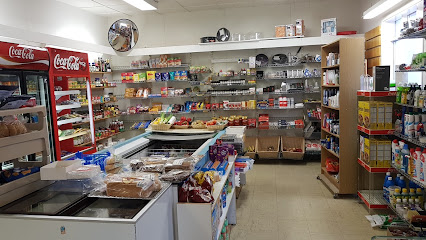
Gjafaland
Explore Gjafaland, Ísafjörður's premier souvenir store for unique Icelandic gifts and wedding memorabilia, capturing the essence of your travels.
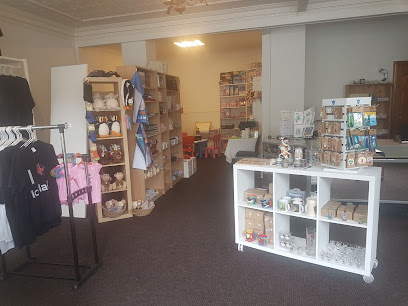
Penninn Eymundsson Ísafirði
Explore the treasure trove of literature and crafts at Penninn Eymundsson Ísafirði, the heart of Ísafjörður's cultural scene.

SAM Versla
Explore SAM Versla in Ísafjörður for local groceries, delicious snacks, and a taste of Icelandic culture in a charming coastal town.
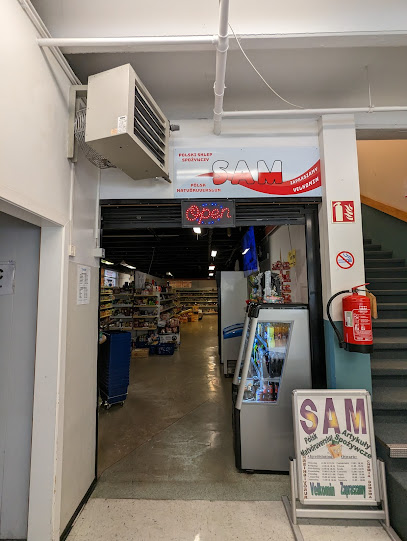
The Fjord Hub
Discover the best bicycles and outdoor gear at The Fjord Hub in Ísafjörður, your one-stop shop for adventure in Iceland's stunning Westfjords.
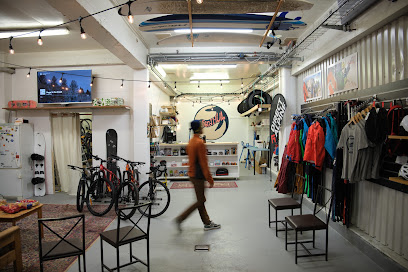
Essential bars & hidden hideouts
Tjöruhúsið
Discover the best of Icelandic seafood at Tjöruhúsið, where fresh catches meet a cozy atmosphere in Ísafjörður.
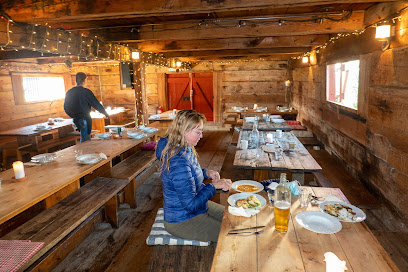
Húsið
Discover the flavors of Iceland at Húsið, a charming restaurant in Ísafjörður offering authentic dishes and a cozy atmosphere.
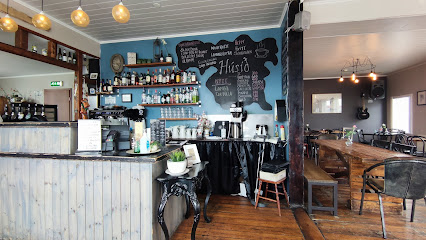
Café Riis Hólmavík - Restaurant - Pizzeria & Bar
Discover the flavors of Iceland at Café Riis in Hólmavík, where delicious pizzas and local dishes meet a warm, inviting atmosphere.
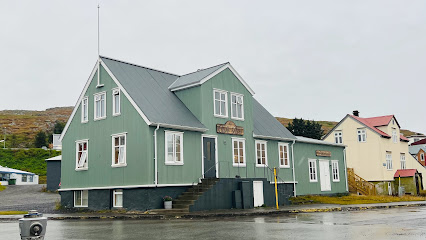
Dokkan Brugghús
Discover the vibrant flavors of Iceland at Dokkan Brugghús, where craft beer meets exquisite local cuisine in a cozy atmosphere.
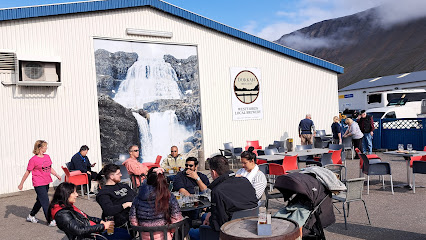
Heimabyggð
Discover the cozy charm and delightful flavors of Heimabyggð Café, your perfect stop in Ísafjörður for a taste of local Icelandic cuisine.
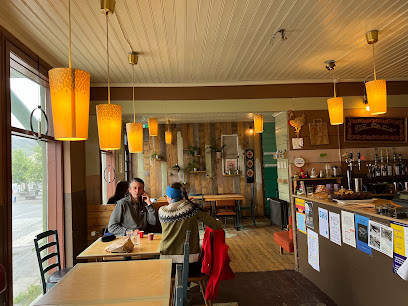
Vestur restaurant / N1 Patreksfjörður
Experience the authentic flavors of Iceland at Vestur Restaurant in Patreksfjörður, a perfect blend of local cuisine and welcoming atmosphere.
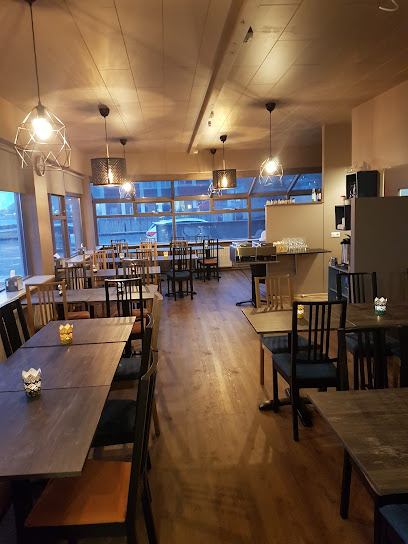
Einarshusid
Experience the authentic taste of Iceland at Einarshusid, where local ingredients meet traditional recipes in a cozy Bolungarvik setting.
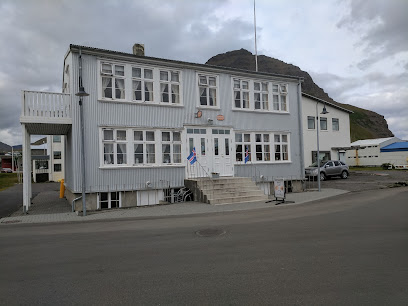
Restaurant Galdur - Seafood Restaurant
Experience the best of Icelandic seafood at Galdur Seafood Restaurant in Hólmavík, where fresh flavors meet local charm.
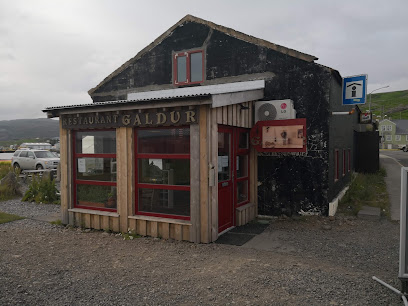
Hópið
Discover the culinary treasures of Tálknafjörður at Hópið, where local flavors and a cozy atmosphere create an unforgettable dining experience.
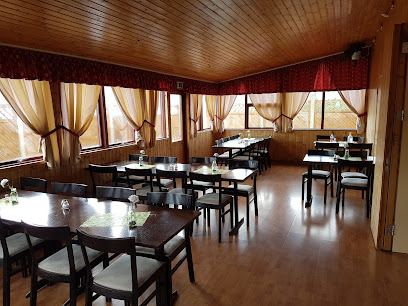
Thai Tawee
Discover the vibrant flavors of Thailand at Thai Tawee in Ísafjörður, where fresh ingredients meet authentic Thai recipes.
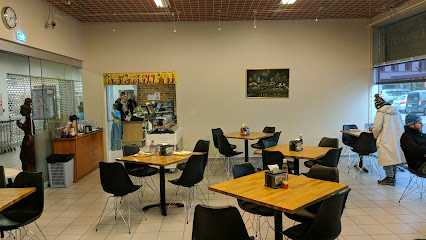
Kaffi Sól
Discover the charm of Kaffi Sól in Flateyri – a perfect blend of cozy ambiance, delightful cuisine, and exceptional coffee in the heart of Iceland.
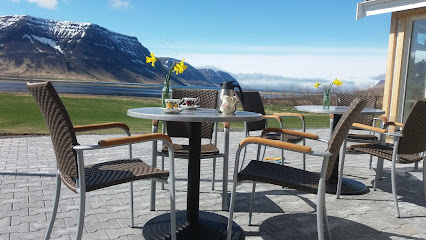
Edinborg Bistro
Discover the flavors of Ísafjörður at Edinborg Bistro, where local ingredients meet culinary artistry in a cozy setting.
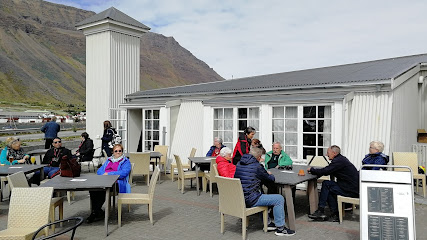
Jötunn restaurant
Discover the essence of Icelandic cuisine at Jötunn Restaurant, where local ingredients and exquisite flavors create unforgettable dishes.
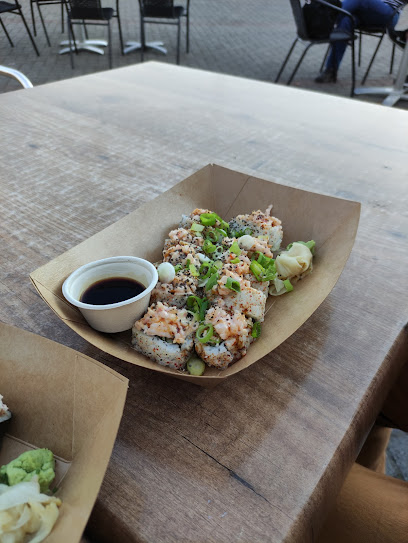
Hornstrandir
Experience the untouched wilderness of Hornstrandir, Iceland's remote paradise of cliffs, wildlife, and breathtaking landscapes.

Siver kebab
Discover the vibrant flavors of Iceland at Siver Kebab, offering delicious kebabs and a cozy atmosphere in Ísafjörður.

Local Phrases about Hornstrandir Nature Reserve
-
- HelloHalló
[HAH-loh] - GoodbyeBless
[bless] - YesJá
[yow] - NoNei
[nay] - Please/You're welcomeGjörðu svo vel
[GYOR-thu s-voh vel] - Thank youTakk
[tahk] - Excuse me/SorryAfsakið
[AHF-sah-kith] - How are you?Hvernig hefurðu það?
[KVER-nik HEH-vur-thu thahd] - Fine. And you?Í lagi. En þú?
[EE lah-gee. Ehn thoo] - Do you speak English?Talar þú ensku?
[TA-lahr thoo EHN-skoo] - I don't understandÉg skil ekki
[yeg skil EHK-ki]
- HelloHalló
-
- I'd like to see the menu, pleaseÉg væri til í að sjá matsedilinn, takk
[yeg VAI-ree til eeth syah MAHT-se-thil-inn, tahk] - I don't eat meatÉg borða ekki kjöt
[yeg BOR-tha EHK-ki chot] - Cheers!Skál!
[skowl] - I would like to pay, pleaseÉg væri til í að greiða, takk
[yeg VAI-ree til eeth gray-tha, tahk]
- I'd like to see the menu, pleaseÉg væri til í að sjá matsedilinn, takk
-
- Help!Hjálp!
[HYOWLP] - Go away!Farðu burt!
[FAHR-thu buhrt] - Call the Police!Hringdu í lögregluna!
[HRING-thoo ee LOH-gre-gluna] - Call a doctor!Hringdu í læknin!
[HRING-thoo ee LAYK-nin] - I'm lostÉg er villtur
[yeg air VIL-thur] - I'm illÉg er veikur
[yeg air VAI-kur]
- Help!Hjálp!
-
- I'd like to buy...Ég ætla að kaupa...
[yeg AIH-tla ath KOY-pa] - I'm just lookingÉg er bara að skoða
[yeg air BA-ra ath SKO-tha] - How much is it?Hvað kostar það?
[kvath KOS-tahr thahd] - That's too expensiveÞað er of dýrt
[thath air ohf DEERT] - Can you lower the price?Geturðu lækkað verðið?
[YE-thur-thoo LAIK-kath VER-thith]
- I'd like to buy...Ég ætla að kaupa...
-
- What time is it?Hvað er klukkan?
[kvath air KLUK-kahn] - It's one o'clockKlukkan er eitt
[KLUK-kahn air ayt] - Half past (10)Hálf tíu
[howlf tee-oo] - MorningMorgunn
[MOR-gun] - AfternoonEftir hádegi
[EF-teer HOW-deh-gee] - EveningKvöld
[kvuhlt] - YesterdayÍ gær
[EE gai-r] - TodayÍ dag
[EE dahg] - TomorrowÁ morgun
[ow MOR-gun] - 1Eitt
[ayt] - 2Tveir
[t-vey-r] - 3Þrír
[threer] - 4Fjórir
[FYOH-reer] - 5Fimm
[feem] - 6Sex
[sehx] - 7Sjö
[syoh] - 8Átta
[ow-tha] - 9Níu
[nee-u] - 10Tíu
[tee-oo]
- What time is it?Hvað er klukkan?
-
- Where's a/the...?Hvar er...?
[kvar air] - What's the address?Hvað er heimilisfangið?
[kvath air HAY-mil-is-fahn-gith] - Can you show me (on the map)?Geturðu sýnt mér (á kortinu)?
[YE-thur-thoo seent mair (ow KOR-tinu)] - When's the next (bus)?Hvenær kemur næsta (strætisvagn)?
[KVER-nai-r KEH-mur NAIS-ta (STRAY-tis-vahn)] - A ticket (to ....)Miða (til ....)
[MEE-tha (til)]
- Where's a/the...?Hvar er...?
History of Hornstrandir Nature Reserve
-
Hornstrandir was first settled during the Viking Age, around the late 9th century. The Norse settlers established farms and small communities in this remote and rugged terrain. Evidence of early human activity, such as ancient ruins and remnants of turf houses, can still be found scattered throughout the reserve.
-
In the late 19th and early 20th centuries, Hornstrandir witnessed a brief economic boom due to the abundance of herring in its waters. Fishing villages like Aðalvík and Hesteyri flourished during this period, with residents relying heavily on the sea for their livelihood. Processing factories and infrastructure were developed rapidly to support the herring industry.
-
During World War II, Hornstrandir's strategic location made it a site of military significance. British and American forces established radar stations and lookout posts to monitor enemy movements in the North Atlantic. The remnants of these military installations can still be seen today, offering a glimpse into the area's wartime past.
-
By the mid-20th century, the harsh living conditions and isolation led to the gradual depopulation of Hornstrandir. The last permanent residents left by the 1950s, leaving behind ghost towns and abandoned farms. This mass exodus marked the end of an era of human habitation in the region.
-
In 1975, recognizing the unique ecological and historical value of the area, the Icelandic government established Hornstrandir as a nature reserve. This designation aimed to protect its pristine landscapes, diverse wildlife, and cultural heritage. The reserve covers approximately 580 square kilometers and is now a haven for hikers, nature enthusiasts, and history buffs.
-
Today, Hornstrandir Nature Reserve is managed by the Icelandic Environment Agency. Extensive conservation efforts are in place to preserve its delicate ecosystems and historical sites. Ongoing research and monitoring programs aim to maintain the region's biodiversity, while sustainable tourism initiatives ensure that visitors can experience its beauty responsibly.
Hornstrandir Nature Reserve Essentials
-
Hornstrandir Nature Reserve is located in the northwest of Iceland and is accessible only by boat. The most common departure point is the town of Ísafjörður, which has daily flights from Reykjavik. From Ísafjörður, several boat operators offer services to various locations within Hornstrandir. It is advisable to book your boat trip in advance, especially during the peak summer months.
-
Once in Hornstrandir, there are no roads or vehicles. Transportation is entirely on foot, so be prepared for extensive hiking. The reserve is crisscrossed with well-marked trails that range from easy walks to challenging multi-day treks. It is essential to carry a detailed map and a GPS device, as mobile phone coverage is unreliable. Boat transfers can be arranged to move between different parts of the reserve, but these should be scheduled in advance.
-
The official currency in Iceland is the Icelandic Króna (ISK). As Hornstrandir is a remote wilderness area, there are no facilities for exchanging money or withdrawing cash. Ensure you have enough ISK before leaving Ísafjörður. Most boat operators and service providers in Ísafjörður accept credit cards, but it is wise to carry some cash for emergencies.
-
Hornstrandir is a safe destination with no crime targeting tourists. However, the rugged and isolated nature of the reserve means that safety precautions are crucial. Always inform someone of your hiking plans and expected return time. Weather conditions can change rapidly, so carry appropriate gear and supplies. There are no permanent settlements or emergency services within the reserve, so self-sufficiency is essential.
-
In case of an emergency, the nearest assistance will be from Ísafjörður. Carry a satellite phone or a personal locator beacon (PLB) for emergencies, as mobile phone coverage is limited. The Icelandic Search and Rescue (ICE-SAR) team can be contacted for emergencies. Ensure you have comprehensive travel insurance that covers medical evacuations and outdoor activities.
-
Fashion: Do wear layered, weather-appropriate clothing and sturdy hiking boots. Avoid wearing cotton, as it retains moisture. Religion: There are no religious sites in Hornstrandir, but always show respect for any cultural landmarks or ruins you may encounter. Public Transport: There is no public transport within the reserve. All travel is by foot or boat. Greetings: Do greet fellow hikers warmly. A simple 'hello' is sufficient. Eating & Drinking: Do carry all necessary food and drinking water, as there are no facilities within the reserve. Always pack out all waste.
-
To experience Hornstrandir like a local, take the time to learn about the history of the abandoned villages and the way of life of the former inhabitants. Visit the old farmsteads and ruins to get a sense of the area's past. Engage with local guides who can provide deep insights into the flora, fauna, and history of the reserve. Always adhere to the Leave No Trace principles to preserve the pristine environment.
Nearby Cities to Hornstrandir Nature Reserve
-
Things To Do in Blonduos
-
Things To Do in Saudarkrokur
-
Things To Do in Stykkisholmur
-
Things To Do in Olafsvik
-
Things To Do in Dalvik
-
Things To Do in Borgarnes
-
Things To Do in Akureyri
-
Things To Do in Husavik
-
Things To Do in Reykjavik
-
Things To Do in Kopavogur
-
Things To Do in Hafnarfjordur
-
Things To Do in Keflavik
-
Things To Do in Hveragerdi
-
Things To Do in Selfoss
-
Things To Do in Grindavik





